44 how to read organic food labels
How to Read Organic and Conventional Food Labels The PLU (price look up) code, is an effective system used by several produce distributors, benefiting consumers on how to identify conventional and organic produce at the grocery store. According to KQED, even though the defeat of Proposition 37 means that genetically engineered information will not be added to labels at this time, PLU codes do ... Labeling Organic Products | Agricultural Marketing Service Used to label any product that contains 100 percent organic ingredients (excluding salt and water, which are considered natural) Most raw, unprocessed or minimally processed farm crops can be labeled "100 percent organic" PDP: May include USDA organic seal and/or 100 percent organic claim
Organic on Food Labels | FDA Organic on Food Labels FDA does not regulate the use of the term "organic" on food labels. The National Organic Program (NOP) is the federal regulatory framework governing organically...
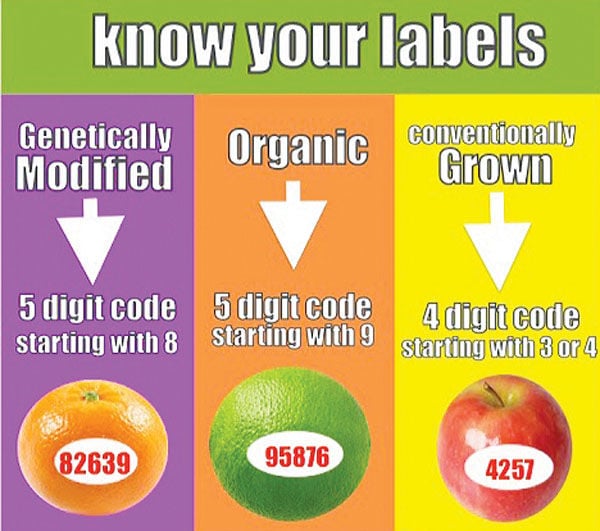
How to read organic food labels
How To Read Food Labels: Life Kit : NPR - NPR.org Organic is the label with the most specific meaning, laid out in volumes of rules that farmers and food manufacturers have to follow if they want that "USDA Organic" seal. Some of those... How to read and truly understand the label of organic ... - Ourgoodbrands Understand the terminology. Organic: to be labelled organic, the product must have passed thorough testing procedures via the various certification standards (see table above). Natural: this term means that there are no artificial or synthetic ingredients. However, the ingredients are not 'organic'. HOW TO READ ORGANIC FOOD LABELS - 5election Within the classification of organic, there are three different levels. 1) Made with Organic Ingredients - These foods are composed of 70% organic ingredients. The remaining, non-organic ingredients are still closely monitor (for example, GMOs aren't allowed). 2) Organic - This classification allows organic producers a little leeway.
How to read organic food labels. How to Read Food Labels: Your Complete Consumer Guide So one easy label "cheat" is to limit the amount of food, to the extent that you can, that requires a label in the first place. Front of Package Food Claims iStock.com/skynesher Basically, the front of the package is the "Wild West" of the food label. This is the part that consumers see first, and can most powerfully influence their purchase. How to Read Food Labels and Avoid Toxic Ingredients The FDA knows they're dangerous but allows these ingredients in food because they prevent botulism. Nitrite-free meets can be found in your health food store. But be sure to read the ingredients on the label and ensure that the food does not contain sodium nitrite, potassium nitrite or anything that has nitrite or nitrate in the name. Don't Get Scammed! How to Read Organic Food Labels 100% Organic - This is technically the only food label option that ensures a totally organic experience. Understanding Organic Milk The organic labeling requirements for milk mostly pertain to the cows that produce it. At least 30% of the cow's diet must be grass (free-range grazing). The cows must be allowed to graze for at least 120 days. Understanding the USDA Organic Label The USDA organic standards allows the seal to be printed in full color, which includes a specific shade of green, brown, and white, or it can be printed in black and white. For more on use of the organic seal, access . Cindy Ormaza Mar 03, 2021
Food Labels Explained - Farm Aid Organic labels can be found on produce, dairy, meat, processed foods, condiments and beverages. Food products labeled "organic" must contain at least 95% organic ingredients with no synthetic growth hormones, antibiotics, pesticides, biotechnology, synthetic ingredients or irradiation used in production or processing. Healthful or Harmful: How to Read Organic Labels Likewise, an "organic" label still gives leeway, as only 95% of the ingredients must be organic to qualify. In reality, only a label that says "100% Organic" can guarantee that a food product is comprised of completely organic ingredients. 3. Are there still nitrites? Sodium nitrite is a preservative often used in meats. HOW TO READ ORGANIC FOOD LABELS - 5election Within the classification of organic, there are three different levels. 1) Made with Organic Ingredients - These foods are composed of 70% organic ingredients. The remaining, non-organic ingredients are still closely monitor (for example, GMOs aren't allowed). 2) Organic - This classification allows organic producers a little leeway. How to read and truly understand the label of organic ... - Ourgoodbrands Understand the terminology. Organic: to be labelled organic, the product must have passed thorough testing procedures via the various certification standards (see table above). Natural: this term means that there are no artificial or synthetic ingredients. However, the ingredients are not 'organic'.
How To Read Food Labels: Life Kit : NPR - NPR.org Organic is the label with the most specific meaning, laid out in volumes of rules that farmers and food manufacturers have to follow if they want that "USDA Organic" seal. Some of those...
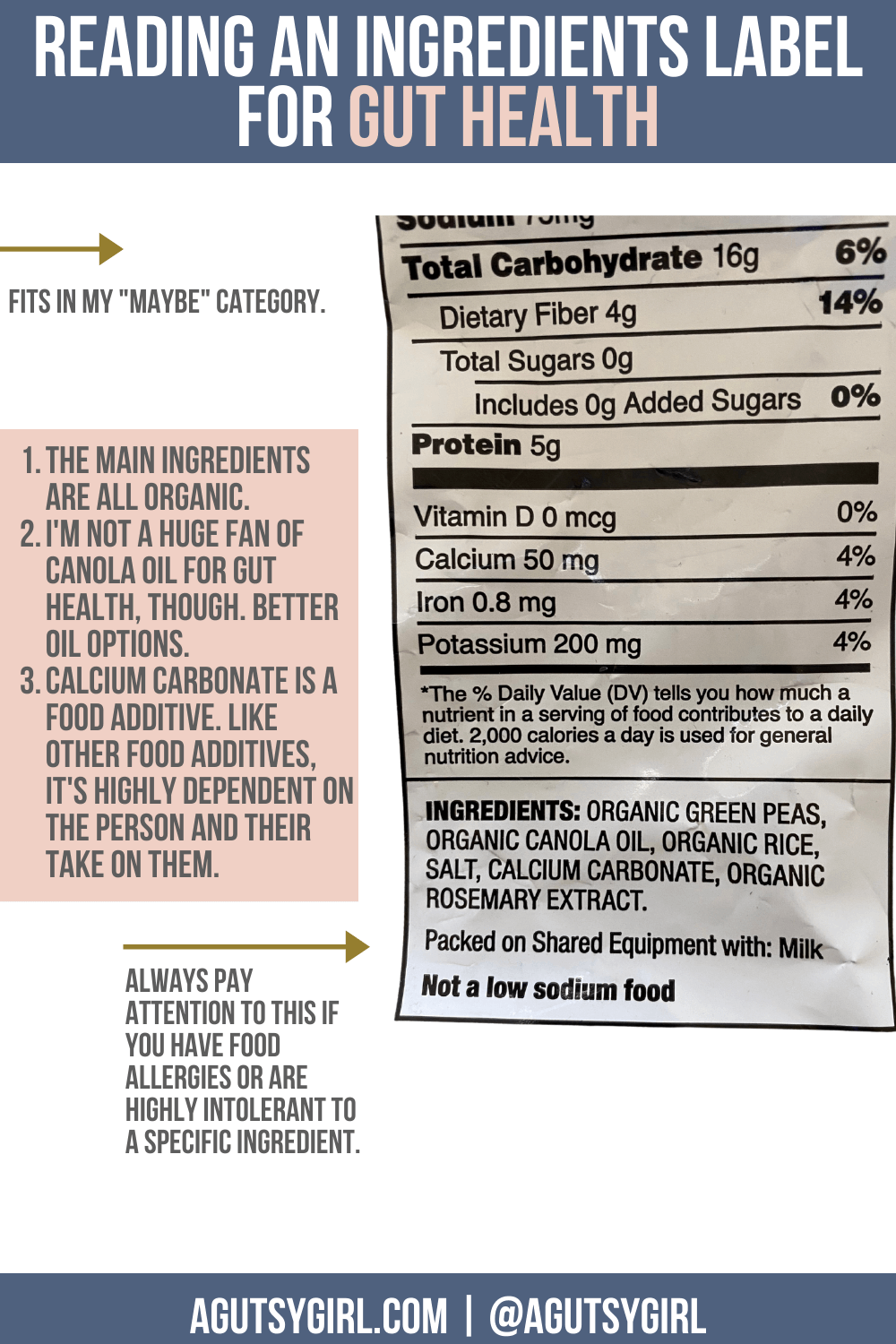


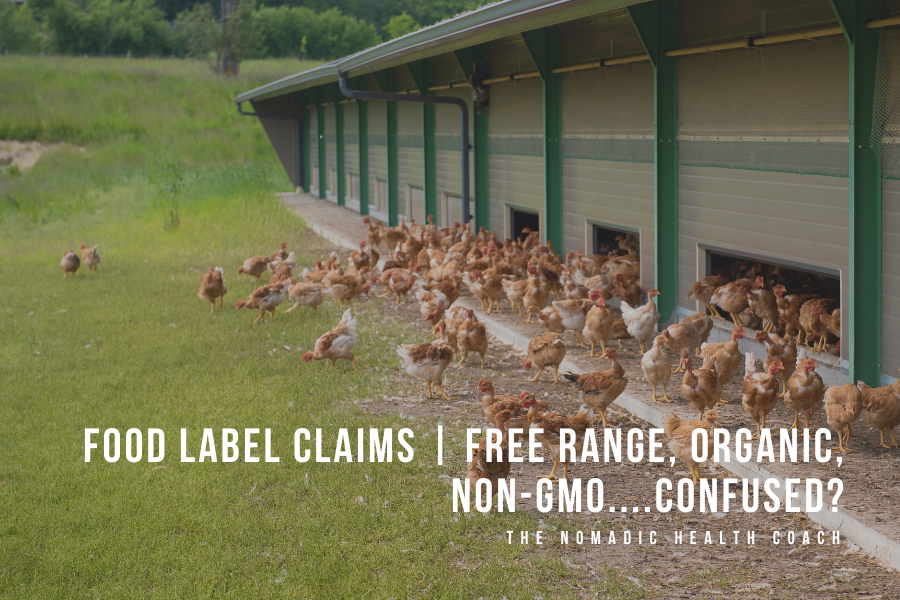
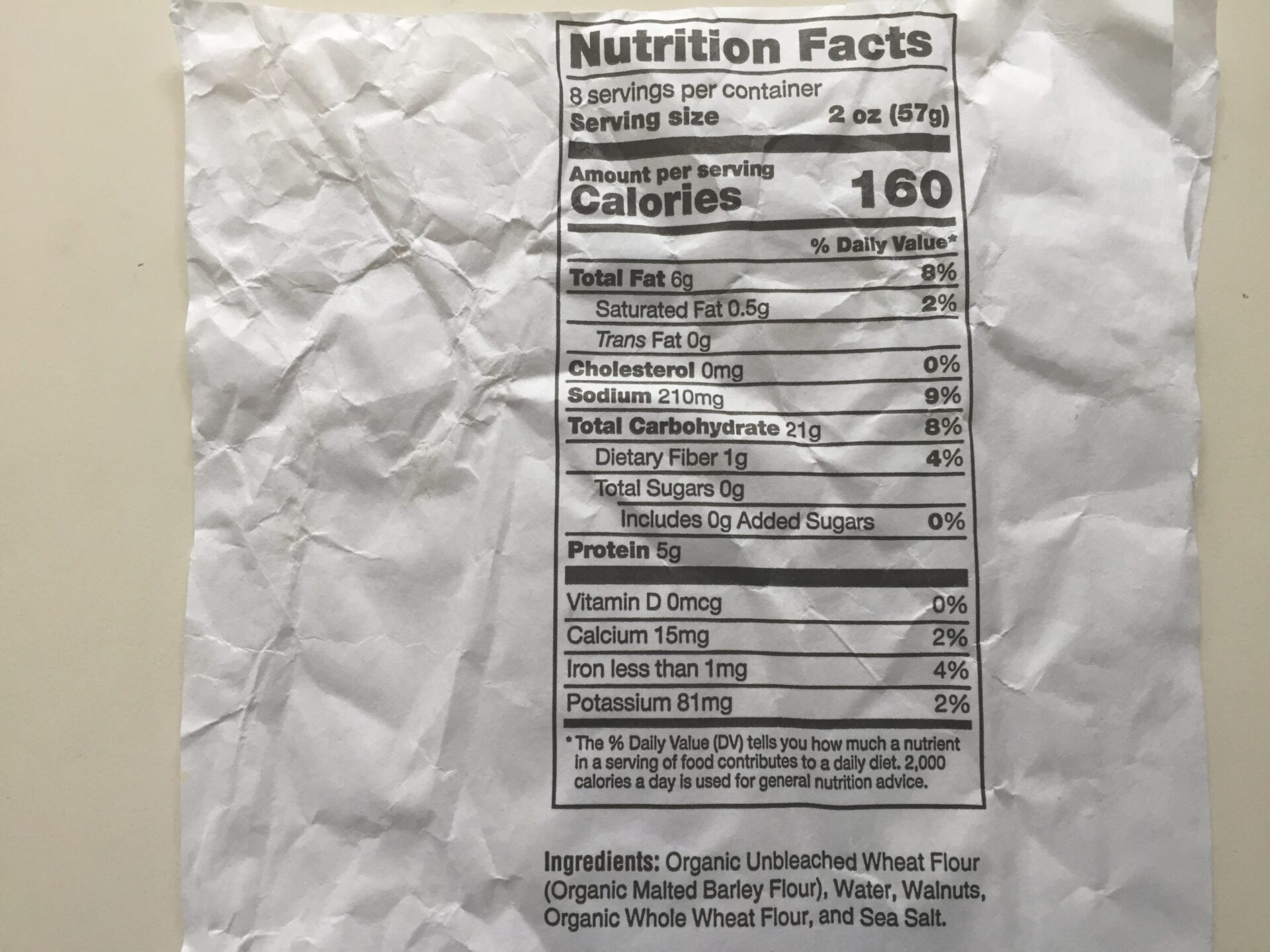
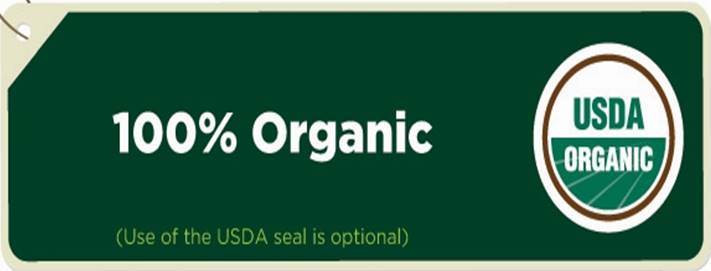



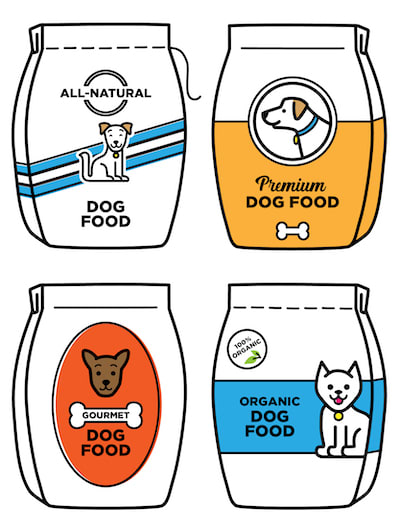










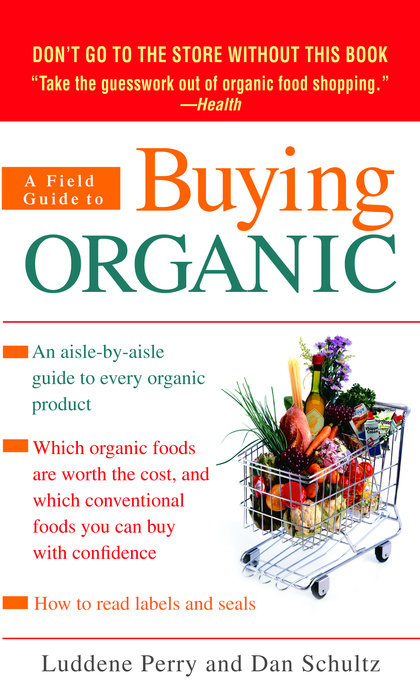




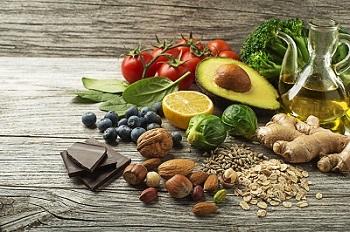


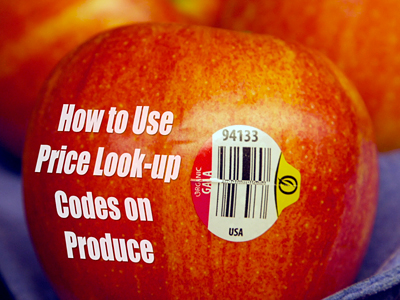
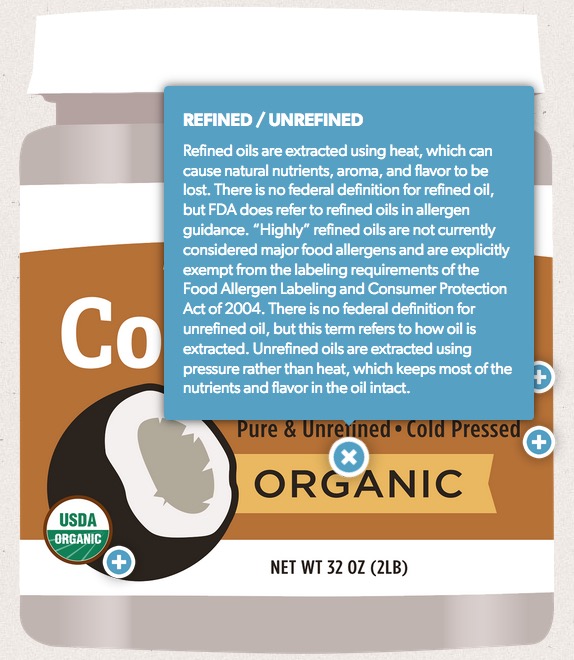

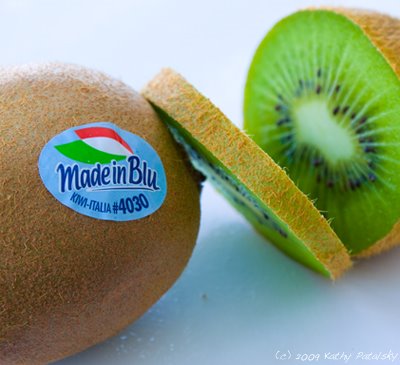


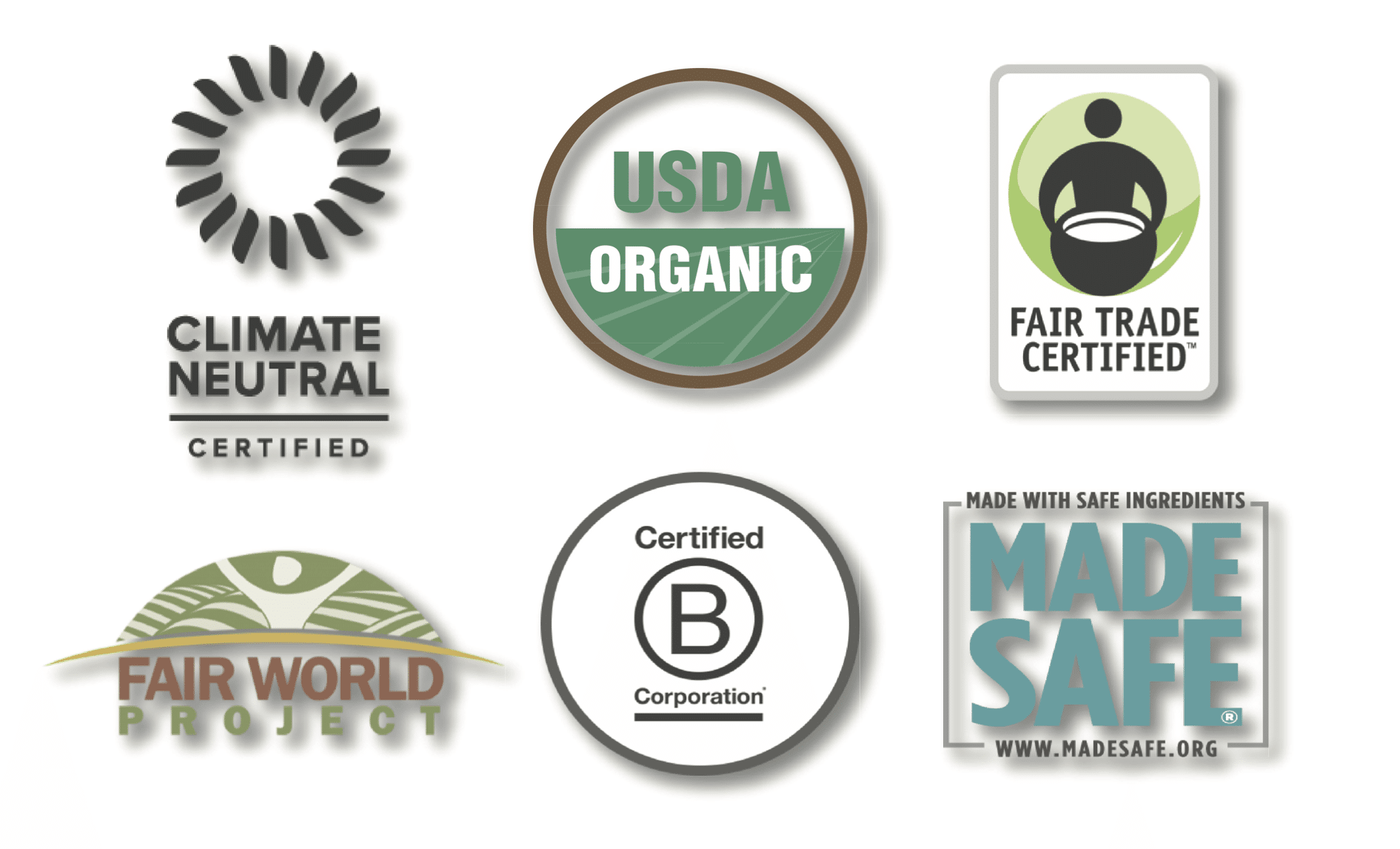



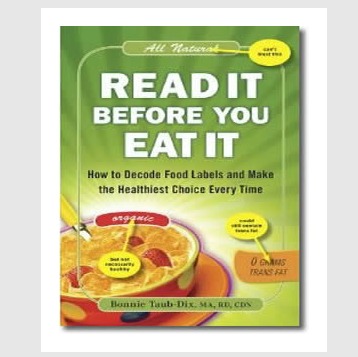
Post a Comment for "44 how to read organic food labels"